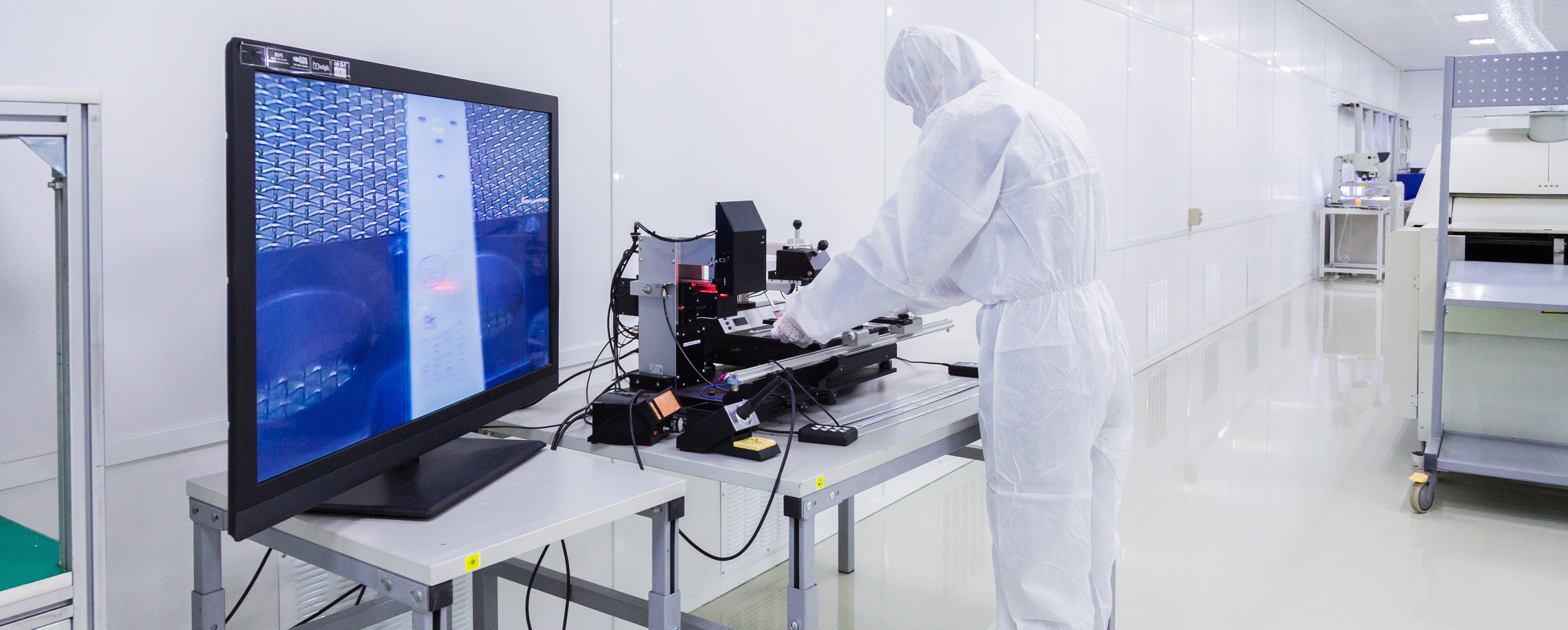Nov 27, 2023|Technological Advancements and Materials
NPI in manufacturing (New Product Introduction) is a complete process consisting of different stages from idea to product launch. The integration of product design, development, and manufacturing processes to create a new electronic product that fulfills market criteria and quality standards is referred to as NPI.
Table of Contents
What is NPI in Electronics Manufacturing
The process of introducing a new electronic product to the market, known as NPI, consists of research, design, development, testing, and manufacture. The product’s quality, performance, cost, and customer satisfaction depend on how well each stage of the process is handled. Every stage presents its own set of difficulties and demands that must be met. Since NPI is critical to electronics manufacturing, it is crucial to get it right.
NPI phases can include:
- Product conceptualization & brainstorming
- Ensuring proper team communication
- Meeting all rules and regulations
- Preproduction and development
- Product launch and manufacturing
- Mass production
- Improvement based on feedback
Key Objectives of NPI in Electronics
The process of NPI in electronics manufacturing has four main goals: to launch the product faster, to ensure its quality, to lower its costs, and to make it scalable. Before the product can be mass-produced, these objectives necessitate a rigorous strategy that includes research, design, prototype, and validation.
Challenges in NPI for Electronics
 a factory worker in a white lab suit, latex gloves and face mask, working with some modern equipment during the manufacturing of a tv set.
a factory worker in a white lab suit, latex gloves and face mask, working with some modern equipment during the manufacturing of a tv set.
The New Product Introduction (NPI) process in electronics manufacturing is challenging.
The complexity of bringing a new electronic product from concept to market presents many challenges that can hinder successful implementation if not properly addressed.
Lack of Effective Workflow
A major problem in the NPI process is the need for a better workflow that makes it easy to move from one stage of development to the next. Successful NPIs come from working closely with departments such as research and development (R&D), engineering, manufacturing, and even marketing.
Without a clear and efficient workflow, you might get bottlenecks and project delays, plus a weaker product. Therefore, companies should invest in software or platforms that encourage smooth teamwork and keep track of project progress.
Risk Assessment
Another layer of complexity in the NPI process is the comprehensive risk assessment required at multiple stages. While it’s essential to be ambitious, a balanced evaluation of market demand, regulatory compliance, and technological development must be balanced.
Please consider these elements properly in the fast-paced electronics sector to ensure products are met in terms of consumer expectations and regulatory standards.
To succeed in NPI in electronics manufacturing, companies need to understand and overcome the challenges they face. They need to manage their workflows effectively and assess their risks thoroughly.
Mitigation and Prevention Strategies
To navigate through these challenges effectively, electronics manufacturers can employ several best practices.
Training and Education
Ensuring team members are adequately trained on the NPI new product introduction process can mitigate many common challenges. Regular training sessions can update the team on new methodologies and tools in electronic product development.
Controlled Access and Workflow Management
Using efficient workflow systems enables smooth collaboration between departments, ensuring everyone is in sync during the NPI process. This leads to a more organized and streamlined approach that reduces delays and cuts costs.
Risk Mitigation Strategies
We want to lower the chances of things going wrong in the NPI process. That’s why we do market research, follow the rules, and test our products before we launch them. It enables us to comprehend our customer’s needs and improve our products accordingly.
By using strong workflow systems, all departments can work together easily and make sure we’re all doing the same thing during the NPI process. This leads to a quicker and more focused way of working that keeps delays and added expenses to a minimum.
Best Practices for NPI in Electronics Manufacturing
Introducing a new product in electronics manufacturing requires a multifaceted approach. The process is full of challenges, but following certain procedures can ensure a smooth and effective NPI in manufacturing (New Product Introduction).
Cross-Functional Collaboration
 people in white isolating costumes working in laboratory
people in white isolating costumes working in laboratory
Departments like design, engineering, manufacturing, and marketing must work together seamlessly. Cross-departmental teams can provide valuable perspectives from multiple perspectives, resulting in a more thorough product. This collaboration can hasten the product’s entry on the market while improving its quality and affordability.
Dedicated Project Management
Having a dedicated project management team can make a significant difference in the NPI process. Project managers can monitor timelines, allocate resources efficiently, and act as a central communication point for all departments involved.
Prototyping and Testing
Prior to beginning mass production, it is critical to invest time and resources in prototyping and testing. This ensures that any design flaws or potential improvements are identified early on in the development process. Moreover, prototyping supplies crucial data for endurance and efficacy testing, thus giving manufacturers the confidence to move forward with mass production.
Additionally, creating a model can assess how the thermal design of the product will work, which is key to its functionality and longevity.
Supply Chain Management
Planning a bill of materials (BOM) is a crucial task in supply chain management, as it defines the product’s structure and composition. A well-planned BOM can help reduce costs, avoid errors, and ensure quality throughout the production cycle
To guarantee an uninterrupted manufacturing process, businesses must establish backup strategies for any interference in the supply chain.
Quality Assurance and Control
Lastly, quality assurance and control are fundamental in the NPI process. Rigorous quality checks at various production stages can help identify and rectify defects early on. A stringent quality control procedure can safeguard against costly errors and ensure the final product meets all specifications and customer expectations.
By incorporating these best practices, companies can significantly enhance their New Product Introduction process, achieving quicker time-to-market, higher quality, and ultimately, better profitability.
NPI Optimization and Launching
Optimizing the NPI process is a vital step before the actual launch of the new electronic product. The ultimate aim of the NPI process is to create the final physical product that meets market demands and quality standards.
This can be done by refining all the previously discussed practices—from cross-functional collaboration to quality control—to create a streamlined, efficient procedure. By doing so, they position themselves better for a successful launch catering to market demands and quality standards.
Final Thoughts
NPI in manufacturing (New Product Introduction) is essential to its success in the market. To achieve this, cooperation among different teams and management of the project are necessary.
Additionally, prototyping and testing carefully can reduce the risks and enhance the product’s quality. Last but not least, proficient supply chain management guarantees a smooth and efficient production and delivery of the product. Improving quality control is crucial for ensuring excellent product quality.
Before launching your product, enhancing these aspects can significantly increase the chances of introducing a high-quality product ready for the market.
- Sunny Patel is the Engineering and Sales Manager at Candor Industries. Sunny is trained as a IPC-A-600 trainer, AS9100 Lead auditor, IPC CID and got his Engineering degree at the University of Toronto.
Latest entries
- February 27, 2024Technological Advancements and MaterialsHow to Order a PCB Assembly
- February 26, 2024Product Innovations and DesignReduce PCB Design Cost
- February 7, 2024Technological Advancements and MaterialsNavigating Low-Cost PCB Assembly
- January 24, 2024Quality and TestingA Guide To Automated Optical Inspection (AOI)


